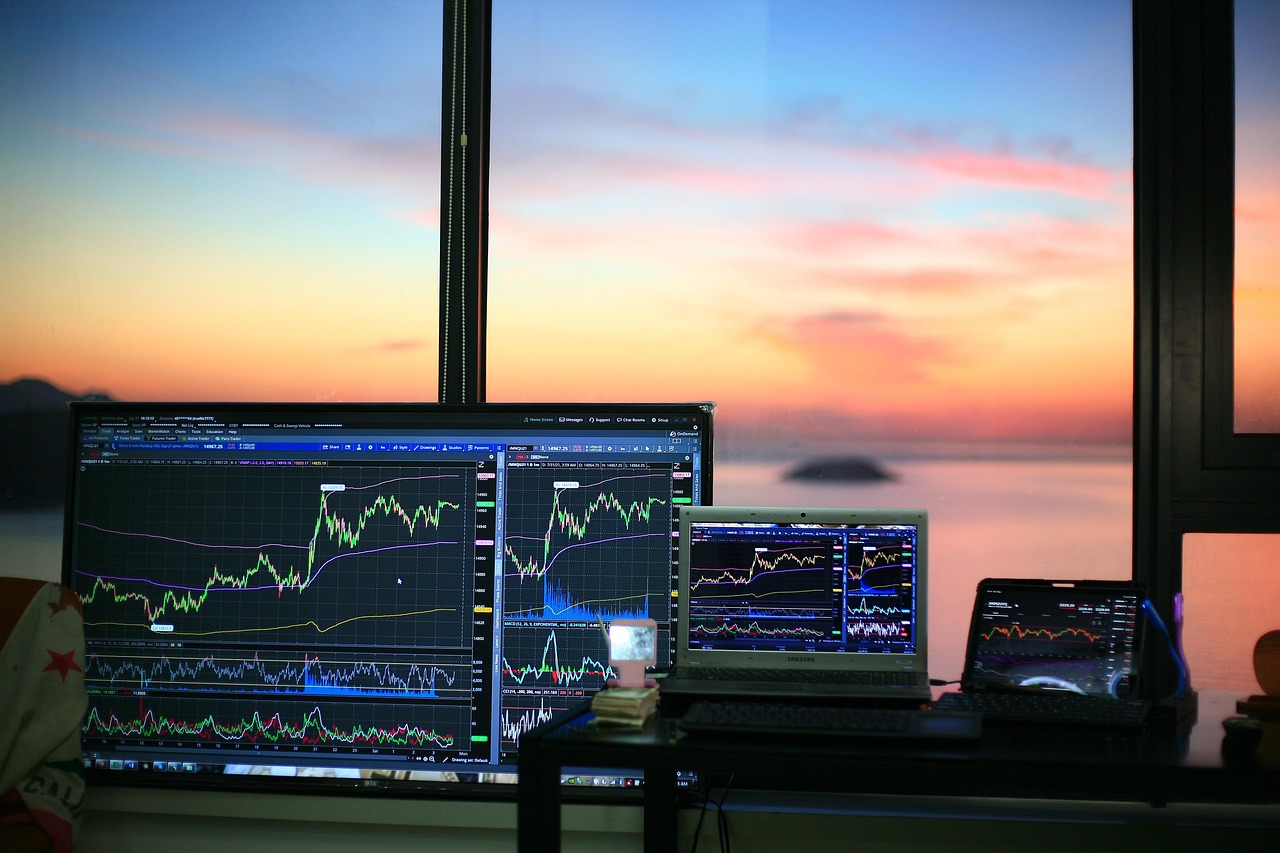Contents
- Forex trading basics: A Plainspoken Definition And Why They Matter To You
- Step 1: Master The Core Concepts
- Step 2: Build A Rock-Solid Risk Plan
- Step 3: Learn Price Action And Structure
- Common Mistakes And How To Avoid Them
- Practical Tools And Resources That Work
- How Risk Management Protects Your Trading Life
- Why Experience Beats Theory
- When To Use Automation — And When Not To
- Bottom Line
- FAQ
Forex trading basics: A Plainspoken Definition And Why They Matter To You
Forex trading basics are the building blocks that let you move from curious to confident in currency markets. They mean knowing how pairs move, what drives prices, and how to protect your capital when the market gets loud. This matters because every trade you place affects your time, money, and peace of mind.
You deserve clear steps, not jargon. I’ll give you seven quick, actionable steps that teach what matters, show what works, and leave out the fluff. You’ll learn to read price action, manage risk, and build a practice plan that actually fits your life.
Step 1: Master The Core Concepts
Start with the essentials and get them under your skin. Learn what a currency pair is, how pips measure movement, and why leverage can be a friend and a harsh teacher. Those foundations let you see the market, not just react to its noise.
Read a trusted primer and test your knowledge on a demo account. When you can explain what makes a pair move to a friend in plain language, you’ve succeeded. That kind of clarity powers better decisions and fewer costly mistakes.
Step 2: Build A Rock-Solid Risk Plan
Risk is the silent part of the trade. If you can’t live with the downside, don’t take the trade. Decide on a fixed percentage of your capital you’ll risk per trade, and stick to it no matter how clever the setup seems.
Set stop-loss levels before you open a position. Use position sizing to make sure one loss doesn’t wobble your entire account. A consistent risk plan preserves capital and keeps your mind sharp for the next opportunity.
Step 3: Learn Price Action And Structure
Charts are where the market speaks. Learn simple patterns: higher highs, lower lows, support, and resistance. Use candlestick shapes to sense sentiment. Price action helps you read what traders are doing without needing every indicator under the sun.
Practice spotting entries and exits on historical charts. When you can point out why a trade worked or failed, you gain practical experience that textbooks can’t give.
Step 4: Create A Repeatable Strategy
Don’t chase a new strategy every week. Choose one method that suits your temperament — trend following, mean reversion, breakout — and tune it. Consistency beats complexity.
Backtest on demo accounts, record results, and refine. Write the rules down. A trade without documented rules is a guess disguised as confidence.
Step 5: Choose Tools That Serve You
A good broker, a reliable charting platform, and fast execution are not luxuries — they’re tools for survival. Select a broker with tight spreads, solid regulation, and transparent fees. Use a platform that lets you place and manage trades cleanly.
Learn one set of technical indicators well rather than a dozen poorly. Quality tools make good habits easier and errors less costly.
Step 6: Train Your Trading Psychology
The market tests your emotions. Fear tightens your stops; greed stretches them. Learn to breathe, step back, and follow rules during losing streaks. This is where most traders lose more than the market ever will.
Keep a trading journal. Record the feeling behind each trade — confident, impulsive, revenge-driven — and review it weekly. Emotional intelligence in trading is as critical as chart knowledge.
Step 7: Practice, Measure, And Improve
Practice puts muscle into the plan. Use a demo account to rehearse entries and exits until your hands and eyes move in sync. Then trade small live positions to test your emotional reactions.
Measure everything. Track win rate, average win, average loss, and drawdown. Use those numbers to refine your edge. Improvement is simply the habit of adjusting based on honest data.
Common Mistakes And How To Avoid Them
People overleverage. They add to losing trades. They trade every signal they see. These mistakes drain accounts faster than bad luck. The antidote is discipline and simplicity.
Avoid the temptation to double down after a loss. Instead, step away and re-evaluate with clear rules. A single well-managed trade can recover more than four impulsive ones will ruin.
Practical Tools And Resources That Work
Start with reputable learning sites that explain the mechanics without selling miracles. Use a regulated broker and choose a platform that supports stop orders and quick adjustments. For testing, a demo account is a free, low-pressure classroom.
If you want deeper, evidence-based reading, check resources like central bank reports and market research from top financial institutions. They show you the economic drivers behind currency moves and give context to daily price swings.
How Risk Management Protects Your Trading Life
Risk management is the difference between staying in the game and folding. Set limits on daily losses, and enforce them. When your plan calls for stepping back, do it without negotiating.
Understand correlation risk too. Avoid stacking positions that suffer from the same market shock. Diversity across pairs and timeframes smooths volatility and protects capital.
Why Experience Beats Theory
You can read a hundred textbooks, but nothing teaches like one market cycle under your belt. Experience sharpens intuition and helps you avoid textbook pitfalls. That said, combine practical experience with solid research to avoid bias.
Listen to seasoned traders and read empirical studies from credible sources. When theory and real-world practice agree, your edge grows.
When To Use Automation — And When Not To
Automation can remove emotion and execute a strategy precisely. But a poorly coded system will compound mistakes automatically. Use automation for disciplined tasks and low-latency execution, not to replace oversight.
Start small with automated rules, monitor closely, and keep human checks in place. The right blend of automation and judgment scales your best habits.
Bottom Line
Mastering forex trading basics is a practical, step-by-step journey. Learn core concepts, build a strict risk plan, study price action, and craft a repeatable strategy. Choose tools that support you, train your psychology, and practice with measurement. These habits protect your capital and sharpen your decisions, turning curiosity into consistent competence.
You don’t need luck. You need a system, discipline, and the willingness to learn from every trade.
Be brave, be disciplined, and keep the focus on the process rather than every single result.
FAQ
What Is The Best Way To Start Learning Forex?
Start with the basics: currency pairs, pips, leverage, and position sizing. Use a demo account to practice primitive setups before moving to live trading. Pair study with short, high-quality courses and reputable market reports to build both skill and context.
How Much Money Do I Need To Begin Trading Forex?
You can start with a small amount, but your risk rules matter more than the starting balance. Many traders begin with a few hundred dollars to learn and scale up as they prove their approach with consistent, measured returns.
Can I Trade Forex Full-Time?
Yes, but only after you have consistent results, strong risk management, and emotional resilience. Full-time trading requires discipline, reliable income planning, and a deep understanding of market drivers.
How Do I Avoid Getting Scammed In Forex?
Use regulated brokers and check regulatory registers. Avoid promises of guaranteed returns and be wary of high-pressure sales. Transparency in fees, clear execution policies, and third-party reviews protect you from most scams.
References
• Investopedia provides a comprehensive guide to currency trading that explains key terms and mechanisms (http://www.investopedia.com/terms/f/forex.asp).
• BabyPips offers practical lessons and a simulator-style approach ideal for beginners learning currency markets (http://www.babypips.com/learn/forex).
• The Bank for International Settlements publishes research and statistics on foreign exchange markets that explain market size and structure (http://www.bis.org/statistics/rpfx23.htm).
• Bloomberg delivers current market commentary and data useful for understanding macro drivers of currency movements (http://www.bloomberg.com/markets/currencies).
• Forex.com offers broker-specific educational materials and demo accounts for hands-on practice (http://www.forex.com/en-us/).
• The International Monetary Fund provides reports on exchange rate regimes and their economic impact (http://www.imf.org/external/np/exr/ib/2002/11/110402.htm).








